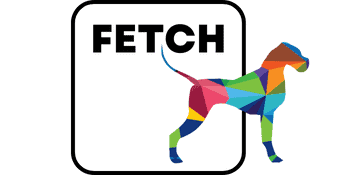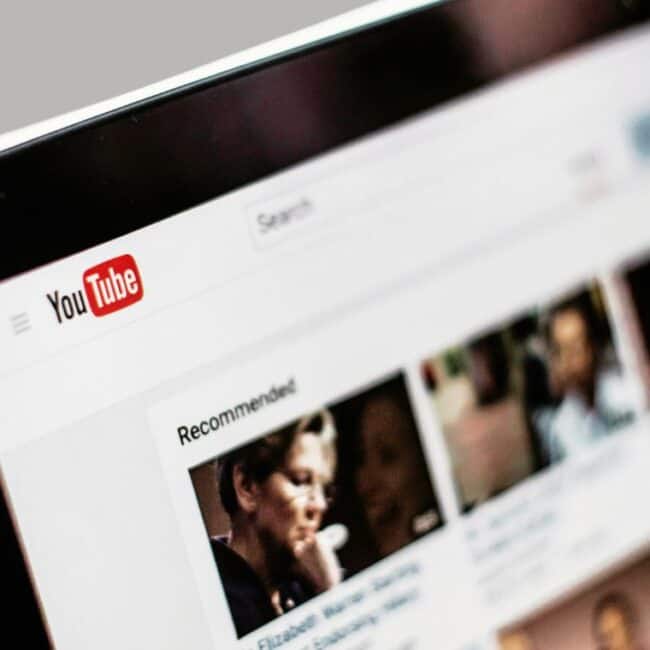
Landing page optimisation
Reading Time: 4 minutesLanding pages are typically used to introduce visitors to some sort of offer with the ultimate aim of turning them into customers. Landing page optimisation is an integral part of any landing page strategy.
To convert web visitors into customers, it’s important that landing pages focus on solving the problems that your potential customers are facing. Creating an interactive experience with a focussed landing page is a perfect way to do this. However, it’s important to bear in mind that there isn’t a one size fits all approach to landing pages. Each one should be tailored for each type of customer you’re trying to secure. Using this approach and tweaking your landing pages to cater to different demographics and traffic sources can boost your conversions immediately.
When it comes to landing page optimisation there are three key areas to review:
- Copy optimisation;
- Design optimisation;
- And SEO optimisation.
In this, the first post of our landing page optimisation mini-series we take a look at how to optimise your copy for landing page success. Find out more below:
1. Landing page optimisation – Headlines and sub-headers
To optimise your landing page, it is important to ensure that your headlines and sub-headers capture the attention of your visitors. They should be short, sweet, and to the point, as you only have a few seconds to capture your readers’ attention before they leave your page.
Your headlines and subheaders should be consistent with the other ads and messages you run, and they should tell visitors that they have landed exactly where they thought they would. They should also be engaging and catchy. Visitors will have questions they want answered immediately, and your headlines should answer those questions in the simplest way possible.
To make sure your headline is optimised for your page visitors, use this checklist:
Consistent:
Headlines should be consistent with the rest of your copy, as well as with the ads or links that brought visitors to your page.
Informative:
Headlines should share information about what exactly the page is about, whether it’s something about your company, something about your offer, or both.
Clear:
Headlines and subheaders should be easily understandable and not beat around the bush about your offer.
Attention-Grabbing:
Headlines need to stand out and gain attention, and subheaders should reinforce, support, or add more value to the headline. Use puns, slogans, urgency, precise stats, testimonials, or any other method that is clear about your offer but also stands out.
2. Body copy
When it comes to your landing page, it’s important to make sure your body copy is on point. You want to provide your visitors with all the juicy details about your offer, while also prompting them to take action and ultimately convert. Bullet points are a great way to get your message across quickly and make your copy easy to read. Make sure to highlight the most important points at the beginning and end.
When crafting your body copy, it’s also important to focus on feature-benefit statements. This means separating the tangible features of your product or service from the benefits your potential customers will gain. Writing out as many of these statements as possible will help you communicate your value proposition more effectively.
It’s also crucial to make sure your body copy is congruent with your headline, ensuring that your messaging is consistent throughout the page. Message matching is also important, as it helps to align your landing page copy with the link, offer, or ad copy that brought your traffic to the page.
Using stats and evoking emotions are both highly effective copywriting strategies that can help to persuade your visitors to take action. You should also make sure your copy is highly focused and psychologically motivating, using strategies such as urgency and scarcity to create positive action.
3. Landing page optimisation – Call to action
To make sure your landing page CTAs stand out and effectively encourage visitors to take action, follow these guidelines. Firstly, keep your CTAs simple, with short and direct messages such as “Sign Up” or “Download Now”. Avoid long-winded phrases that can distract from the desired action.
Secondly, use a singular CTA instead of offering multiple options. Studies show that people are more likely to make a decision when presented with fewer options. By providing just one CTA, you make the decision-making process easy and straightforward.
Thirdly, make your CTA obvious and attention-grabbing by using a contrasting color for the button and incorporating action words in your CTA copy.
Lastly, make your CTA friendly and approachable by avoiding negative or aggressive language and instead using a positive tone. For instance, “I’m Ready to Successfully Launch” is more inviting than “Stop launching products that fail”.
4. Social proof
Social proof, such as testimonials, reviews, and social media posts, can be powerful tools for boosting conversions on landing pages. Just as people are more likely to trust a hairdresser recommended by a friend, online shoppers are more likely to purchase a product that has positive reviews. While social proof from celebrities and authority figures can be especially effective, using photos and stories from real people can also be compelling.
When using social proof on your landing pages, it’s important to ensure that you’re optimising them for maximum impact. Here’s a checklist to help you do just that:
1. Emotion-evoking: Using photos and stories that evoke emotions can make your social proof feel more authentic and relatable to your audience.
2. Relatable: When choosing social proof, consider your audience and what types of people they are likely to relate to. Using images and testimonials from people who are similar to your target audience can make your social proof more effective.
3. Trustworthy: It’s essential to use social proof that is honest and credible. Exaggerating facts or using stories that seem fake will only hurt your credibility.
4. Factual/statistical: Using provable facts and statistics in your social proof can make your copy more believable. Be sure to use precise numbers, rather than rounding off estimates, to make your claims feel more legitimate.
By following the above, you can create social proof that resonates with your audience and inspires them to take action on your landing page.
Landing page optimisation help
And lastly, if you need assistance in building and optimising your landing pages, get in contact with us today to see how our experienced digital team can help.
Post a Comment
You must be logged in to post a comment.





